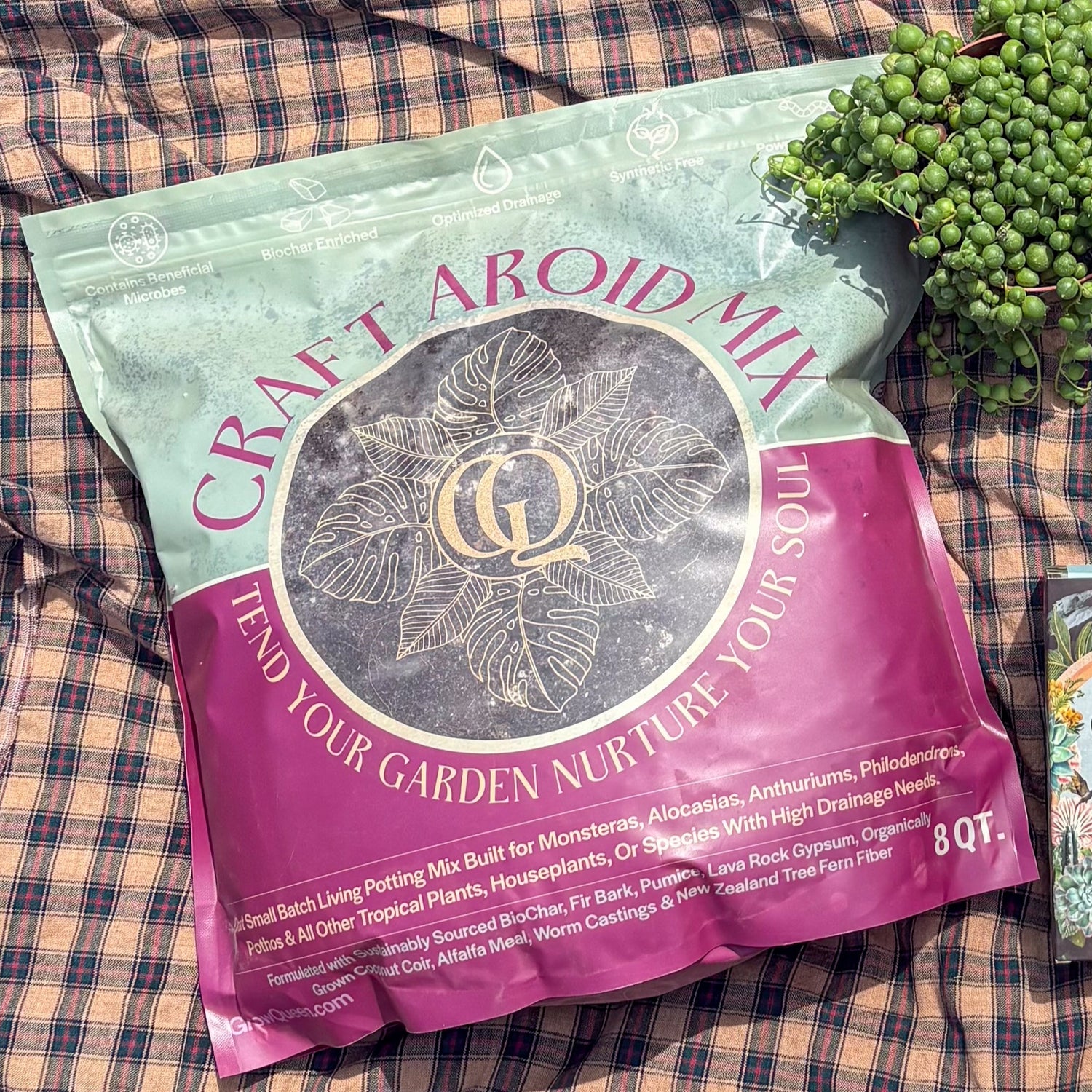If you spend any time in plant groups, you’ve definitely heard someone say:
“Never repot houseplants in the winter.”
But here's the truth:
❌ This rule comes from outdoor gardening, not houseplants.
✅ Indoors, winter repotting is not only safe — it’s often the best thing you can do.
Let’s break down the science, the lighting factors, and why your plants are not as delicate in winter as the internet says.
🌤️ Indoor Lighting Changes — But Plants Still Grow
One reason this myth stuck around is that winter comes with shorter days and weaker sunlight.
Yes, plants may slow down, but slowing growth ≠ dormancy.
Here’s what really happens:
Indoor plants don’t experience true dormancy
True dormancy requires:
-
Cold soil temperatures
-
Reduced metabolic activity
-
A biological shutdown triggered by seasonal cues
Your houseplants live in:
-
stable room temperature
-
consistent humidity
-
artificial light
-
maintained soil temps
So even in winter, their photosynthesis never shuts off — it only decreases slightly if lighting is low.
Artificial light changes everything
If you use grow lights (or even bright indoor lighting), your plants may grow more in winter than in summer.
Roots stay active and responsive, which means repotting is perfectly safe.
🧪 The Science of Why Winter Repotting Works
Repotting affects plants at the root level — so let’s look at what roots are actually doing in your 70°F home during December.
✅ 1. Root tissues stay metabolically active indoors
Plants only stop root growth when the soil drops below ~50°F.
Your potting mix? Usually, anywhere from 65–72°F, even in winter.
This means roots can:
-
repair micro-damage from repotting
-
branch into fresh soil
-
reestablish moisture pathways
All the science-backed processes a plant needs to recover are still online.
✅ 2. Modern potting mixes are engineered for year-round root health
Today’s organic mixes — especially high-quality ones like Grow Queen soils — are designed to:
-
retain oxygen
-
prevent compaction
-
support microbial life
-
maintain stable moisture
-
stay aerated even in low-light seasons
These conditions reduce stress dramatically during a repot, no matter the season.
✅ 3. Beneficial microbes don’t go dormant inside
In healthy organic soil:
-
bacteria
-
fungi
-
protozoa
-
and mycorrhizal networks
remain active as long as temperatures stay above 60°F.
These microbes help:
-
break down nutrients
-
protect roots
-
create soil structure
-
reduce shock
This living ecosystem keeps functioning even in winter, which means your plant has microbial support during and after a repot.
✅ 4. Repotting can fix winter problems
Winter brings:
-
drier air
-
lower humidity
-
faster soil hydrophobicity
-
salt buildup from fertilizers or tap water
A fresh pot + organic soil can actually protect plants from winter stress by:
-
holding moisture more evenly
-
reducing mineral concentration
-
improving oxygen flow to roots
-
lowering the chance of root rot
In many cases, repotting helps a plant survive winter better.
🌱 When Winter Repotting Is Necessary
No matter the season, repot immediately if:
-
Roots are circling or growing out of the pot
-
Soil is compacted or water-repellent
-
The plant dries out within 24 hours
-
The pot is too small and unstable
-
There’s mold or salt crust
-
The plant is declining with no pest issues
Waiting until spring can cause unnecessary stress.
✅ Tips for Safe Winter Repotting
To give your plant the easiest transition:
-
Water lightly 24 hours before repotting
-
Keep the plant in stable temps afterward
-
Avoid cold windows or drafts
-
Use high-quality organic mix (like Craft Aroid Mix 😉)
-
Skip fertilizer for 2–3 weeks
-
Provide bright, indirect light or supplement with grow lights
This supports active root recovery and steady adjustment.
🌿 Final Thoughts: Indoors = Always Growing Season
“Don’t repot in winter” is outdated advice rooted in outdoor gardening.
Inside your home, your plants aren’t battling frost, temperature swings, or frozen soil — so the biological reasons behind the rule simply don’t apply.
Your houseplants follow your environment, not the seasons outside.
If your plant needs a new pot, fresh soil, or healthier roots, you don’t need to wait.
Winter repotting is not just okay — it’s often better.



0 comments